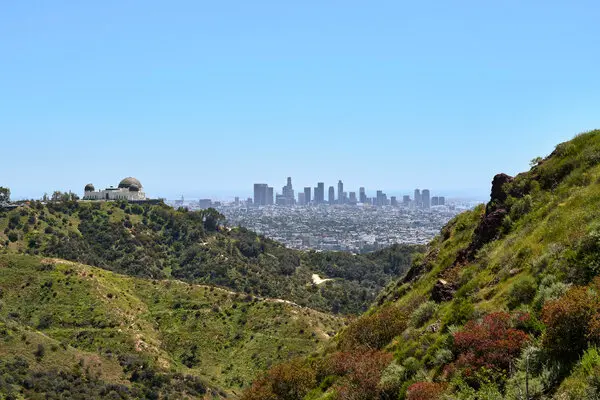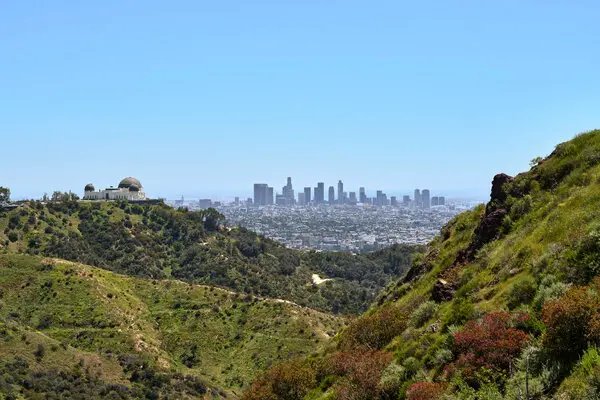Advertisement
Supported by
The Downtown Decade: U.S. Population Density Rose in the 2010s
Outer suburbs still grew the fastest, but many downtowns and central districts also grew rapidly.

The recent 2020 census data confirmed earlier estimates that urban counties grew slower than suburban ones over the past decade. But more detailed neighborhood census counts reveal that U.S. population density actually rose in the past decade after falling in the previous two decades, a result of faster growth in the most concentrated parts of urban counties.
The fastest-growing neighborhoods were suburbs on the edges of metropolitan areas. From 2010 to 2020, low-density suburbs with 100 to 1,000 households per square mile — think of sprawling exurban areas outside Houston or Raleigh, N.C. — grew fastest.
But many downtowns and central districts grew rapidly, too, like Atlanta’s Midtown and the neighborhoods near the Amazon headquarters in Seattle. Americans were more likely to live in the highest-density urban neighborhoods in 2020 than in 1990, 2000 or 2010.
Advertisement
Denser suburbs and residential urban neighborhoods — in-between neighborhoods from 1,000 to 5,000 households per square mile — grew more slowly, as did rural areas (fewer than 100 households per square mile).
The densest metros include many with large high-rise populations, like Honolulu, San Francisco and Chicago — and of course New York.
But some car-dependent metros are surprisingly dense, too: Miami; San Jose, Calif.; and Las Vegas are among the top 15. Very few people in those metros live in low-density neighborhoods. Although New Yorkers are far more likely than anyone else to live in extremely dense neighborhoods, Los Angeles residents are the least likely to live at low density (less than one household per acre) despite the city’s reputation for sprawl. Topography and building restrictions prevent low-density development in some Sun Belt metros, especially in the West.
Advertisement
The lowest-density large metros are in the South, such as Birmingham, Ala.; Nashville; and Charlotte, N.C. Among the nine metros with five million or more people, Atlanta is the least dense.
These national and metro figures are the average neighborhood density that households experience. Known as weighted density, this measure is less skewed by unpopulated land area than conventional density measures are. For instance, Connecticut is one of the densest states measured conventionally, but Nevada has a higher weighted density. That’s because nearly all of Nevada’s population lives in the two counties containing Las Vegas and Reno, so the average Nevadan lives in a denser neighborhood than the average Connecticut resident.
If we could imagine the population of the United States spread evenly across its landmass, there would be 36 households per square mile. That’s conventional density. But much of the land is essentially unpopulated, while half of households live in census tracts with at least 900 households per square mile, with the average neighborhood density now above 2,450 households per square mile. (A census tract consists of approximately 1,500 households.)
The past decade’s increase in density was uneven across both places and people. In some places, average density increased significantly because of development in and near big-city downtowns like Seattle and Atlanta. But many other metro areas like Oklahoma City, San Antonio and Austin, Texas, spread out, with much faster growth in their exurbs and on the outer edges of their regions.
Furthermore, downtown development prices some people out. White, college-educated young adults with no school-age children are more likely to live in highly concentrated urban neighborhoods than in the past, but others aren’t. The urban revival has passed most Americans by.
But the pandemic could shift patterns of growth again, away from the most tightly packed neighborhoods. The higher-income, central neighborhoods of San Francisco, New York and other expensive and dense cities had more outmigration in 2020, the first year of the pandemic, than in 2019.
Advertisement
Residents of those dense neighborhoods are more likely to work in occupations that can be done from home; some could choose to move elsewhere. The decline in spending at local businesses related to remote work caused larger job losses in big cities among people without college degrees. The pandemic and subsequent increase in remote work make it less likely that the 2020s will experience a rise in density similar to the 2010s.
Notes: 2020 census data from IPUMS NHGIS. Neighborhood growth rates are for consistent 2020 tract boundaries, constructed using census block relationship files. Data available for download at jedkolko.com.
Jed Kolko is the chief economist at Indeed.com. You can follow him on Twitter at @JedKolko.
Advertisement
